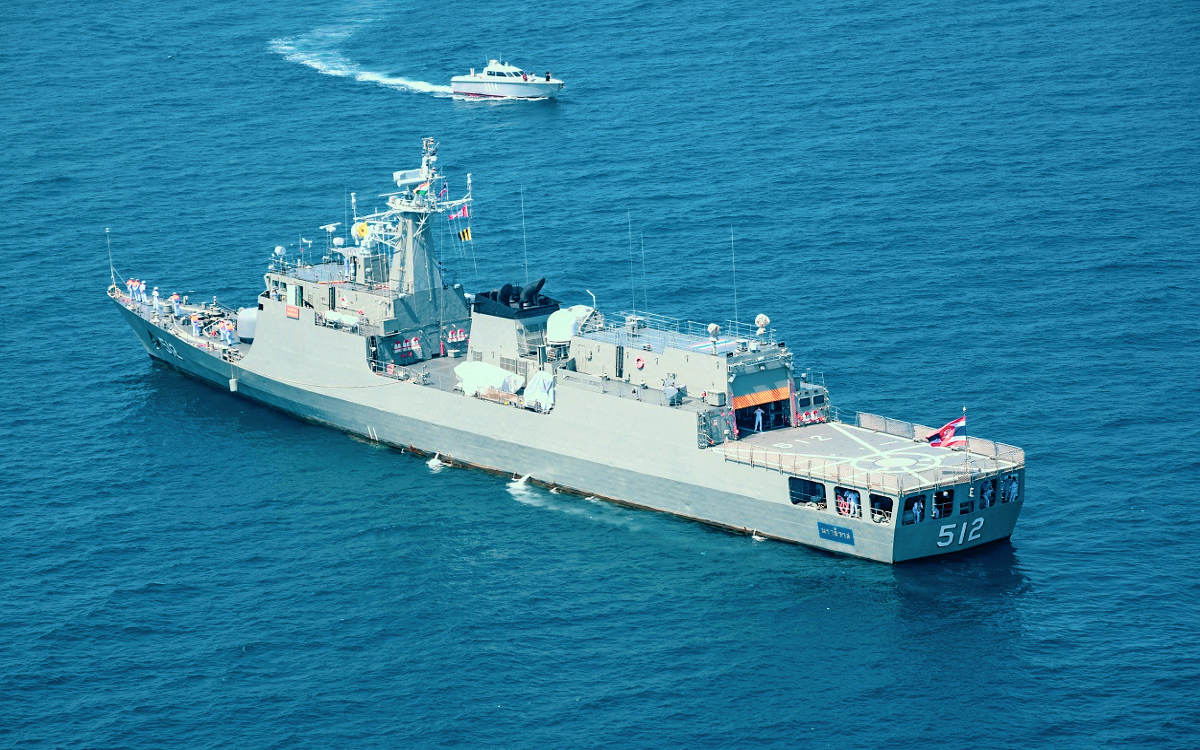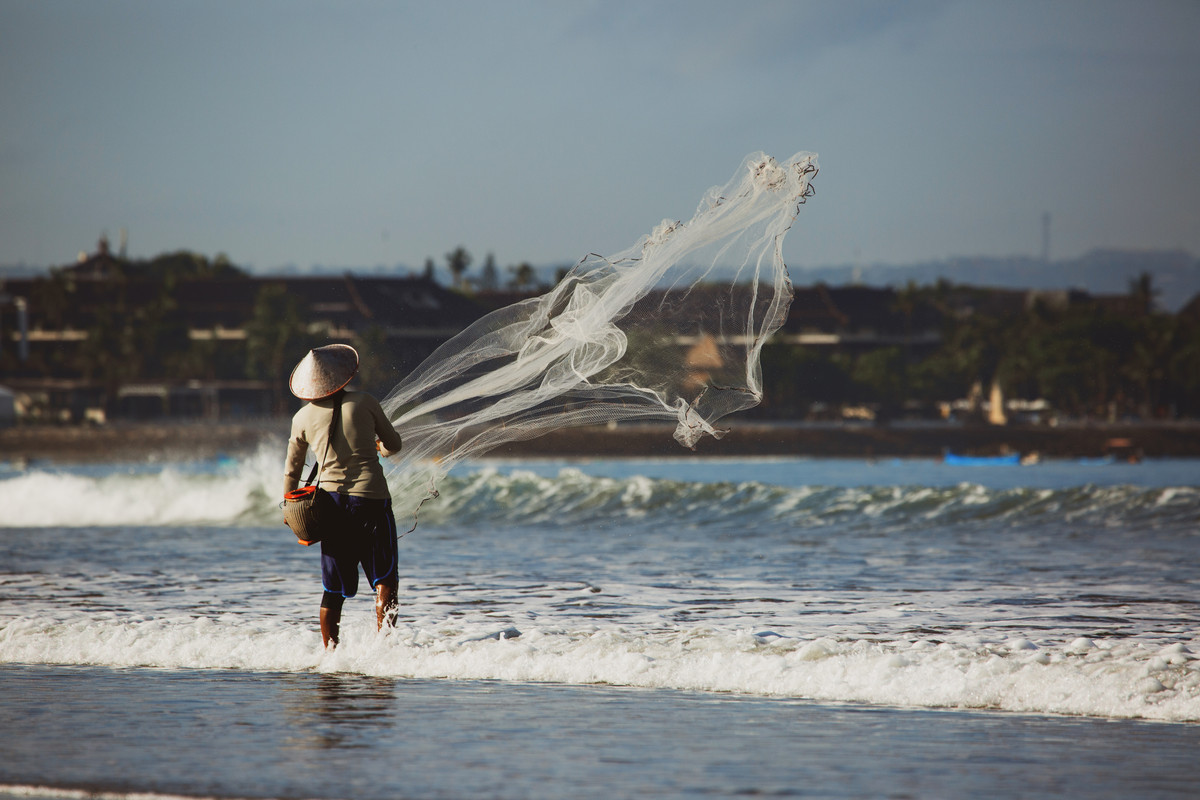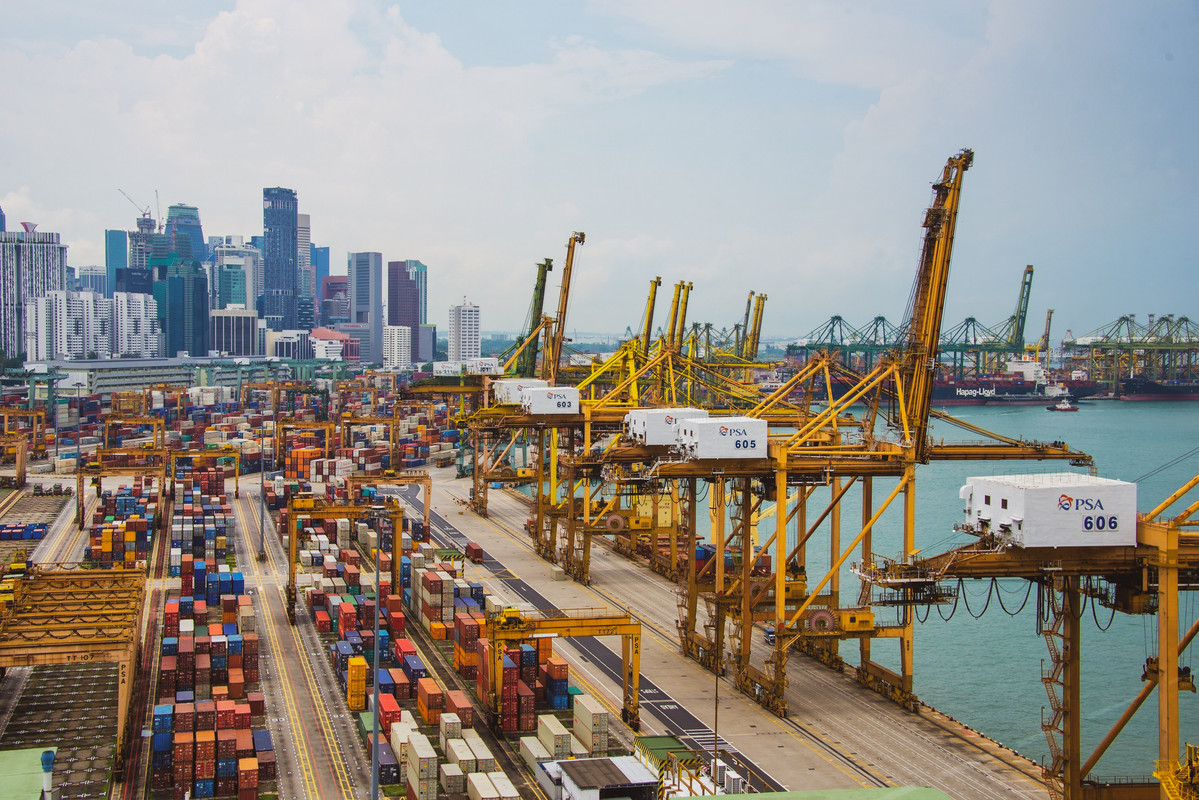- May 4, 2021
- 3,615

Title: Operation Coastal Shield
Document Number: RTAF-OCSI2-001/2003
Classification: TOP SECRET
Security Level: Maximum Secure
Date: May 15, 2003
XI. IntroductionX
1.1 Background
With Thailand having a more substantial Navy, the ever-growing threat to its citizen's interests would never cease. With the legacy of Operation Coastal Guard, this operation of the same name with "II" at the end aimed to provide a haven for the Thai waters and innocent vessels.
1.2 Objective
The objective of this operation is to ensure the security of Thailand’s territorial waters and EEZ through the deployment of Thai Coast Guard assets.
XII. Command and ControlX
2.1 Guidance
This operation is conducted under the guidance of the Commander-in-Chief of the Republic Thai Navy, Admiral of the Fleet, Thira Hao-Charoen, with support from Defence Minister, Sutin Klungsang, and approval from Prime Minister Thaksin Shinawatra.
XIII. Operational ForcesX
Republic Thai Navy Coast Guard Fleet
- Patrol Squadron One (PS1)
- [5] Pattani-class OPV
- 420 Crews
- HTMS Pattani
- HTMS Khok Pho
- HTMS Nong Chik
- HTMS Panare
- HTMS Mayo
- Patrol Squadron Two (PS2)
- [5] Pattani-class OPV
- 420 Crews
- HTMS Thung Yang Daeng
- HTMS Sai Buri
- HTMS Mai Kaen
- HTMS Yaring
- HTMS Yarang
XIV. ExecutionX
4.1 Initial Deployment
All personnel will be reported to the respective base with all necessary equipment per the Defense Ministry documents.
4.2 Communication
Effective communication among all the units must be maintained. Any unidentified or suspicious activity must be reported to the command center immediately.
4.3 Rules of Engagement
Engagement will be per the established Rule of Engagement (ROE) with the application of Increased Vigilance (IVG) and international laws. The use of force must be proportionate, and only used in self-defense or to deter identified threats after all non-lethal methods have been exhausted.
4.4 Support
Logistical support, including fuel, supplies, and maintenance, will be provided by the respective naval bases.
XV. CoordinationX
5.1 Inter-agency
Liaise with maritime agencies such as the Marine Police, Customs Department, and Fisheries Department to ensure maximum coverage and sharing of intelligence.
5.2 International
In case any foreign vessels are involved, contact must be established with the respective embassies or consulates and the situation must be reported to the Ministry of Foreign Affairs.
XVI. ConclusionX
6.1 The Ministry of Defense has mobilized the necessary resources to secure the waters of Thailand and the Exclusive Economic Zone to ensure the interest and safety of the Thai People. Through the deployment of Coast Guard II assets and with the support of inter-agency cooperation, the mission of safeguarding the sovereignty and security of Thailand's maritime domain will be executed.
6.2 Continuous assessment of the operation will be done to adjust the deployment and strategy as necessary.
Approving Authority:
[Signature]
Admiral of the Fleet Thira Hao-Charoen
Commander-in-Chief, Republic Thai Navy
[Signature]
Gen. Chavalit Yongchaiyudh
Defence Minister
[Signature]
Thaksin Shinawatra
Prime Minister, Republic of Thailand
Document Clearance:
The Office of the Prime Minister
The Ministry of Foreign Affairs
The Ministry of Interior
The National Intelligence Agency
The Republic Thai Air Force Command Center
The Republic Thai Navy Command Center
The Republic Thai Armed Forces Special Warfare & Operation Command
Distribution List:
The Office of the Prime Minister
The Ministry of Foreign Affairs
The Ministry of Interior
The National Intelligence Agency
The Republic Thai Air Force Command Center
The Republic Thai Navy Command Center
The Republic Thai Police
The Republic Armed Forces Headquarters
The Republic Thai Air Defense Command
The Naval Special Warfare Command
The Air Force Security Force Command
Last edited:





